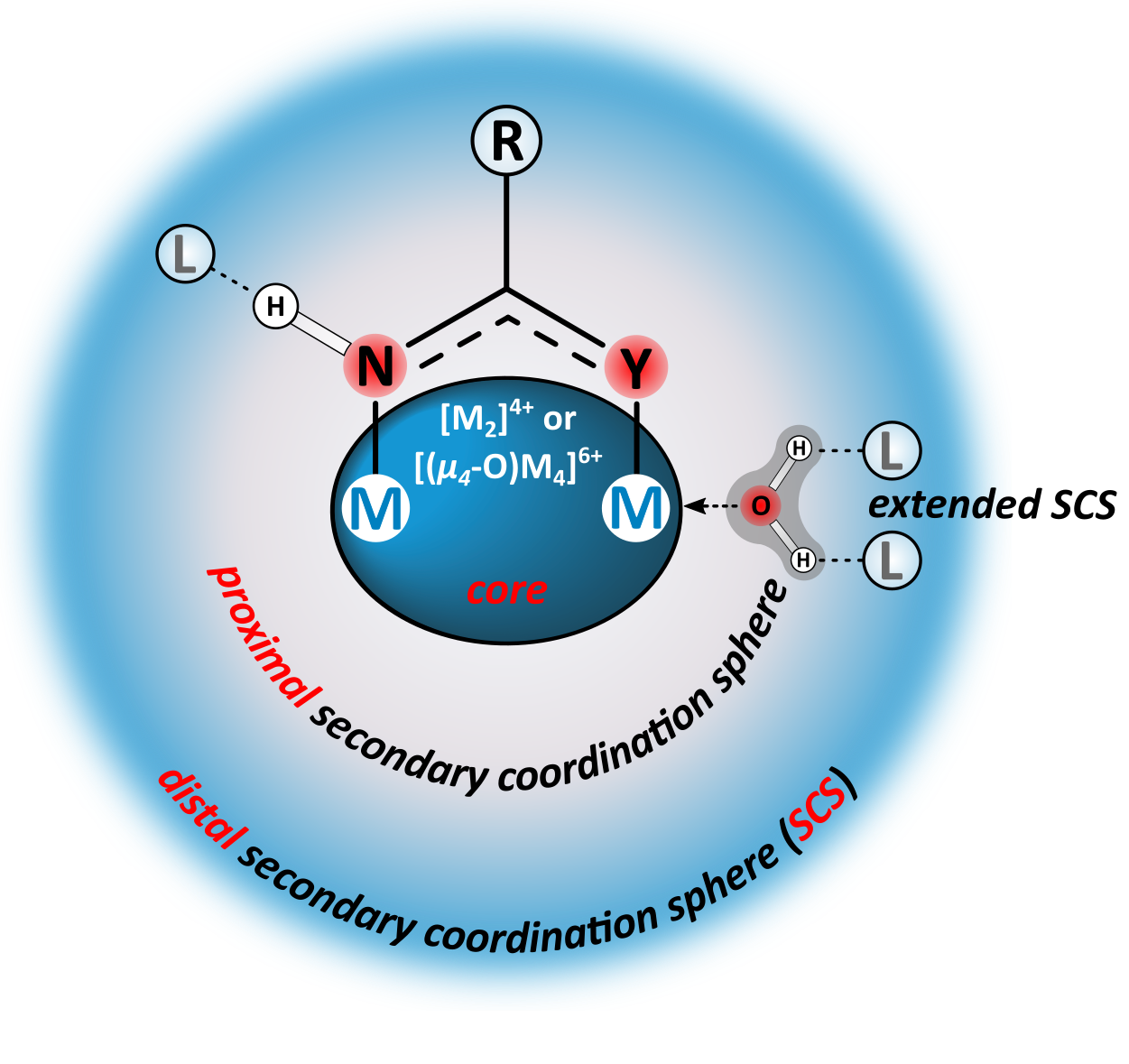We have received positive news from the National Science Centre (NCN) regarding our application for another project in the OPUS scheme.
[update:] We also have an open post doc position in the project. Click here for details.
OPUS continues to remain the most popular of the National Science Centre’s funding schemes. Its calls are open to all researchers, regardless of their research experience. The funding from the NCN may help finance different types of research activity: the purchase of equipment, employment of co-investigators, research expeditions etc. In the 21st edition of the OPUS calls, as many as 2314 research projects proposals were submitted. Among them, 417 were selected across all three research domains (Arts, Humanities & Social Sciences, Life Sciences, Physical Sciences & Engineering) and will received aggregate funding of over € 120M.
MORE ABOUT THE FunSup PROJECT
Project title: Assembly-by-Design: Polyhedral metal complexes as molecular building blocks of functional supramolecular assemblies (FunSup)
Funding: PLN 1 729 400 (ca. EUR 0.3 million)
The development of highly complex chemical systems, self-assembled by the donor-acceptor and/or noncovalent interactions, lays at the core of supramolecular chemistry. Continuously growing demand for innovative solutions stimulates the chemistry world, i.e., to design and develop new molecular building units or to perform rational syntheses of materials with desired functionalities. For the past decades, we have been gaining from the development of multiple supramolecular inorganic and organic systems. This legacy provides us with an understanding of relationships between molecular structures, their reactivities and physicochemical properties. However, it is believed that an upcoming breakthrough will be achieved by (i) rational design and synthesis of new molecular metal complexes as potential molecular building units, (ii) finding the correlations between structure, bonding interactions and reactivity of chemical species incorporated in the desired materials, as well as their final macroscopic properties, or (iii) the rational employment of molecular entities into desired hybrid inorganic-organic materials.
Based on our long-term experience and achievements in the fields of inorganic and organometallic chemistry, the overall goal of the following project is to tackle all the mentioned challenges, which will advance the basic science of supramolecular chemistry and materials science. Multinuclear metal complexes with proper geometric requirements can act as linkers and secondary building units (SBUs) of a vast range of metal-organic frameworks (MOFs). They can also form diverse noncovalent supramolecular networks ranging from structures representing zeolitic topologies to soft porous materials. Strikingly, the oxo-zinc carboxylate unit is a prototypical node of IRMOFs SBU. Moreover, both oxo-metal tetranuclear and the paddle-wheel-type dinuclear units are the most common SBU motifs in MOFs. Thus, a more in-depth understanding of the reactivity of molecular complexes featuring mentioned above units towards small inorganic and organic molecules is particularly crucial for the design and post-synthetic modifications of MOFs. Strikingly, molecular metal complexes based on the oxo-metal tetranuclear and the paddle-wheel-type dinuclear cores have been exploited to a significantly lesser extend as molecular building units of noncovalent porous materials (NPMs). Achieving control over secondary sphere geometries and self-assembly processes of metal complexes as molecular building units remains an ongoing challenge. In this view, the character of the metal centres, as well as the composition of the organic ligand backbone in the proximal and distal secondary coordination sphere (SCS), can play a crucial role providing control over weak noncovalent interactions, which govern the packing of molecules in the crystals. Moreover, the supramolecular structure of molecular crystals can easily be tailored by subtle modifications of the organic skeleton or co-crystallization of various molecular building blocks. This allows to tune the multiple functionalities of designed solid-state materials. Clearly, a comprehensive understanding of the intermolecular interactions is thus essential for the design of new building blocks and, ultimately, supramolecular networks.
This interdisciplinary project combines various aspects of fundamental coordination and supramolecular chemistry, and the proposed systematic studies on the role of the primary and the proximal and distal coordination sphere is a highly innovative approach.

